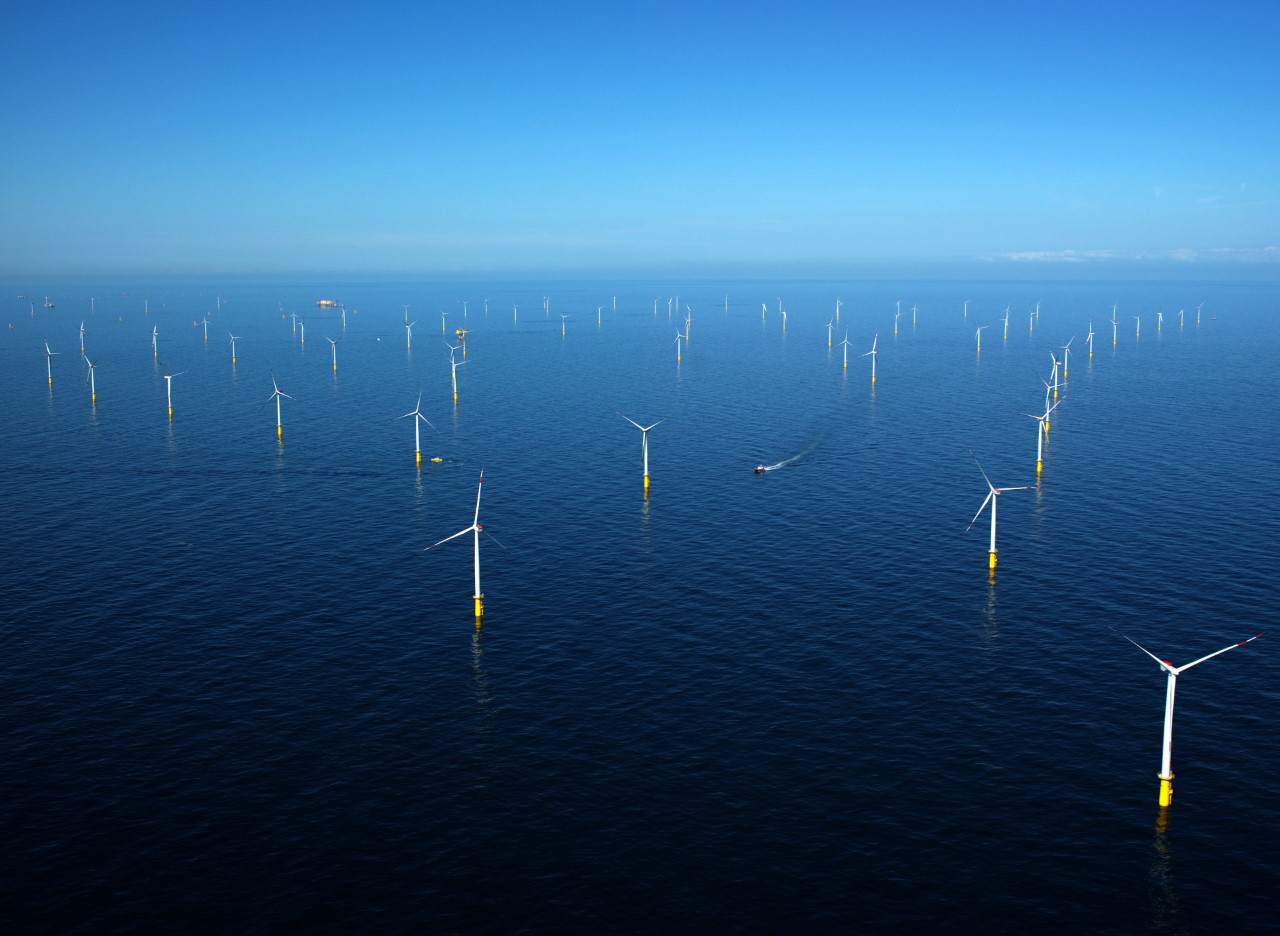Plans have been revealed for the first floating offshore wind farm off the coast of Figueira da Foz in Portugal.
IberBlue Wind, the joint venture established to promote floating offshore wind farms in the Iberian Peninsula, revealed the project. The wind farm will be called Botafogo in honor of the Portuguese galleon ship that was constructed in the 16th century. The ship was regarded as the most potent warship in the world.
Botafogo offshore wind farm in Portugal will cover a 359 square kilometer area and include 55 wind turbines with a capacity of 18 MW each. Thus, it will have a total installed capacity of 990 MW.
Figueira da Foz is one of the five areas suggested by the Portuguese government for offshore renewable energy adventure. IberBlue Wind’s selection in this location is supported by the region’s high wind potential, and port infrastructure, in addition to minimal impact on other activities.
Read Also: Latvia’s Kurzéme Offshore wind farm to start operating before 2030
Botafogo offshore wind farm in Portugal
The developer stated that close cooperation with various stakeholders is necessary for the project’s implementation. To ensure its project is as seamlessly integrated into the area as possible, IberBlue Wind has already established relationships with ports and local, regional, and national institutions.
The development of this project is anticipated to result in the creation of thousands of jobs. Most of these will be devoted to the planning and construction of the wind farm. The remaining portion will be for the operation and upkeep of the wind turbines throughout the project’s operational years.
The Botafogo offshore wind farm will be built on floating platforms. The platforms will be anchored to the seabed allowing the farm to be located 30-50 kilometers from the coast. As a result, this significantly reduces its visual impact. The narrowness of the continental shelf off the Iberian Peninsula poses challenges to bottom-fixed installations. However, this technology allows wind turbines to be placed in deeper waters farther from the shore.

